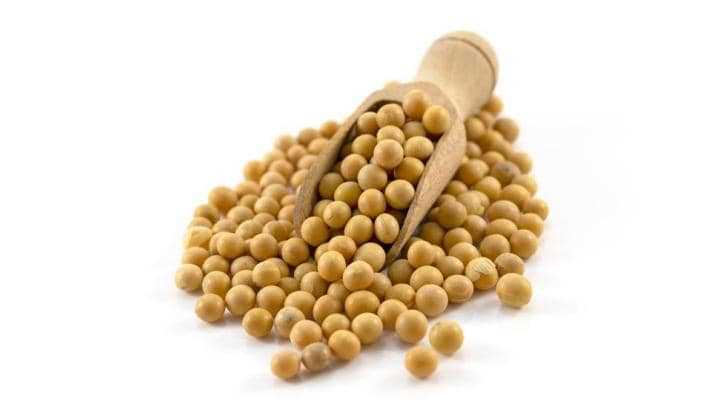
Audrey Galawu
Zimbabwe could save almost US$300 million annually on its import bill if it creates a viable soya bean value chain the National Competitiveness Commission has said.
“It is expected that improvement in competitiveness of the value chain will lead to self-reliance, thereby saving the country about US$292.7 million, being average import values for soya bean and edible crude soya bean oil, per annum,” said NCC director, Brighton Shayanewako in the recently launched 2023 Soya Bean Report.
The report showed that while soya bean is the main input for oil processing in Zimbabwe, production is less than a quarter of demands leaving the industry to face challenges associated with importation.
“The 2022 hectarage of 51 488 under Soya Bean is limited, hence the average annual soya bean production of 82 000MT is still below the required estimated average annual demand of 400 000MT per annum,” said the report.
The NCC highlighted that the competitiveness of the value chain is affected by macroeconomic conditions such as the high cost of borrowing, the short-term nature of the available borrowing facilities and inadequate foreign currency.
In addition currency volatility and the two tier foreign exchange system resulted in companies charging in local currency forward pricing their products.
The report said that soya bean makes up about 57% of the oil processing inputs, with cotton seed and sunflower making up the balance.
Soya is also used in the production of stock feeds, soap and margarine, among other products.
Related Stories
The report said that local production has been hampered by high production costs which include high input costs of seed, herbicides and pesticides and fertilizer rendering soya bean production unattractive to farmers.
The low government producer prices have also pushed some farmers to produce soya beans for their livestock feed as opposed to selling it to processors, the report says.
“Resultantly, some small-scale farmers who have limited access to finance resort to buy inputs from the informal market and also use retained or recycled, uncertified seeds, fertilizers and herbicides, thereby compromising on quality and yield. This ultimately has negative repercussions on competitiveness of locally produced soya beans.
“Limited access to agricultural equipment such as combine harvesters and irrigation infrastructure poses a significant challenge for smallholder farmers, who solely rely on rain fed production. Resultantly, farmers find it difficult to mitigate the risks associated with climate change such as droughts. This leads to decreased yields and competitiveness of local soya bean production.
“Load shedding affects the production of soya bean, cooking oil and stock feed. Some machines in cooking oil and stock feed manufacturing cannot be sustained by generators. Companies have resorted to pay for uninterrupted electricity supply in foreign currency, which is expensive given that it is not readily available on the formal market to finance domestic transactions,” reads the report.
The absence of a vibrant Soya Bean farmers association is also a major downside as this means there is no concerted drive to improve productivity and competitiveness through pooling of resources for investment in farm equipment and skills development.
Mr Shayanewako said addressing constraints in the soya bean production node and other issues along the value chain will not only assist in saving foreign currency, but also has the potential to earn more foreign currency through exports of surplus soya edible oil, cake meal, soap, and margarine, among other products.
“The Commission will continue to engage relevant stakeholders on the implementation of recommendations for the development and enhancement of a competitive soya bean value chain.
“With Zimbabwe being a signatory to the African Continental Free Trade Area, a competitive value chain is a prerequisite if the country is to tap from the opportunities availed by the trading bloc.”
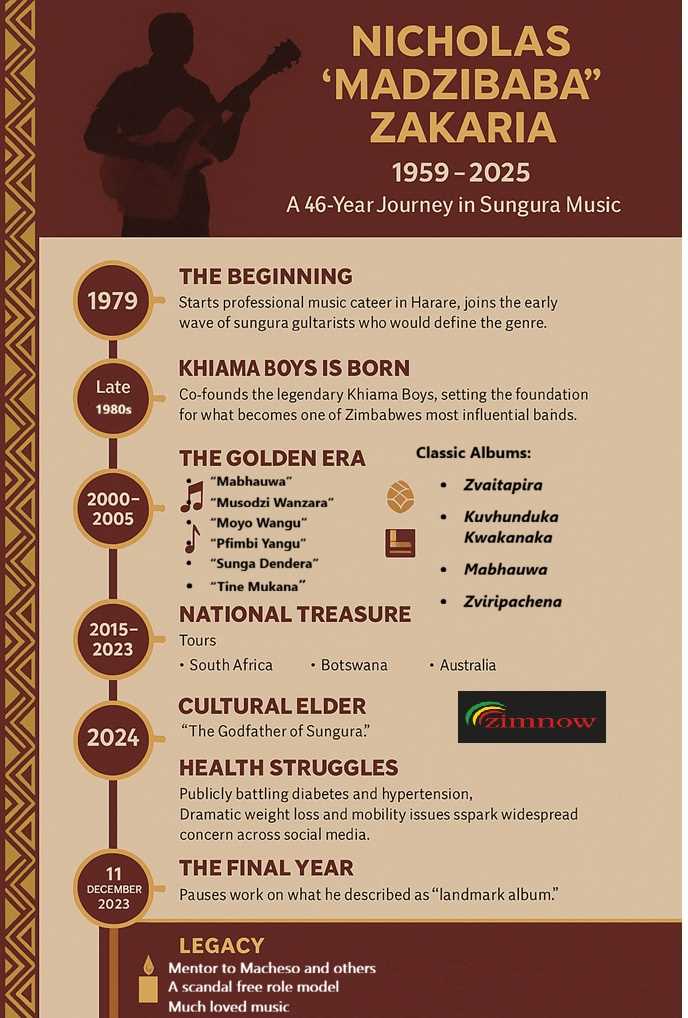

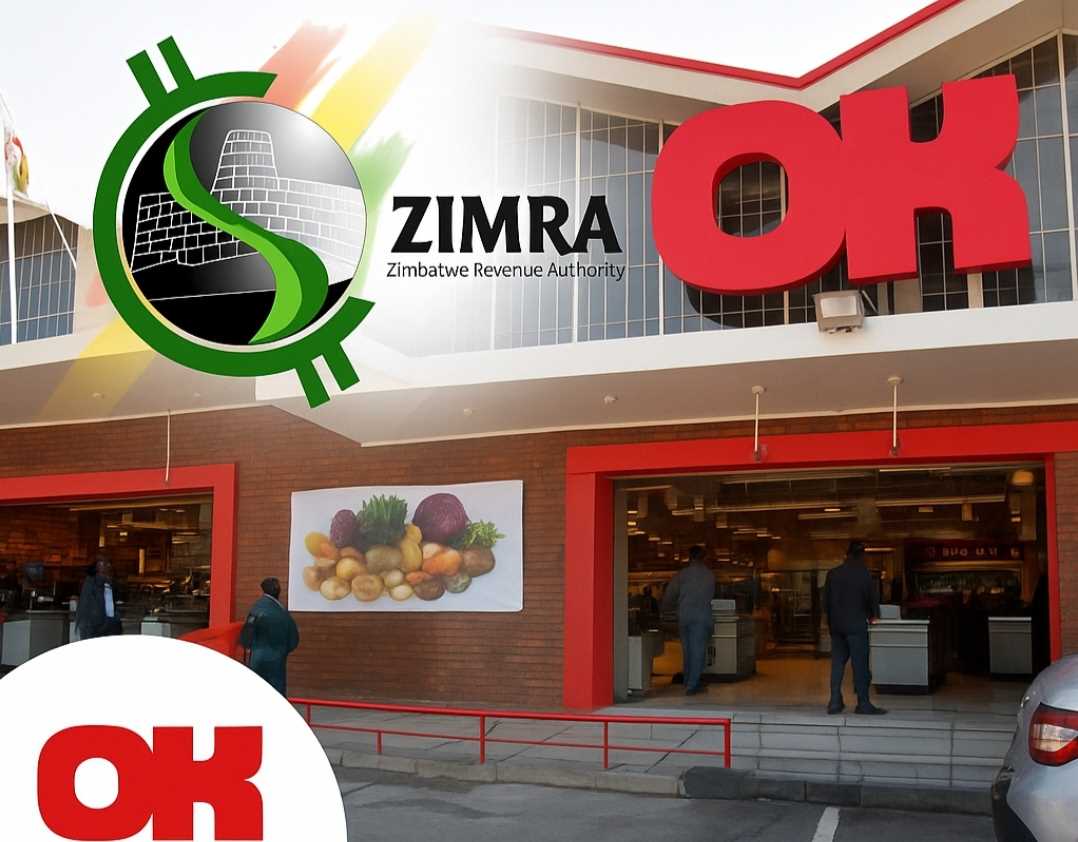
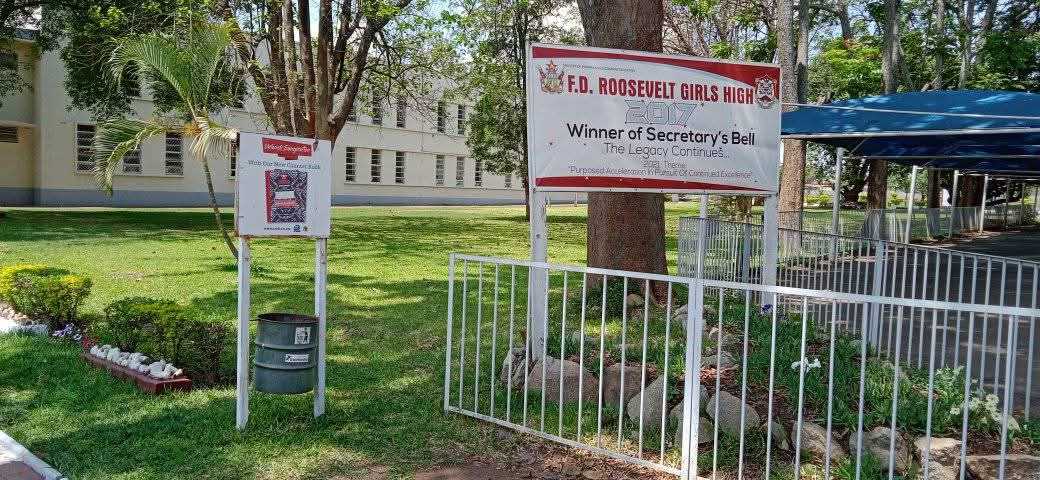








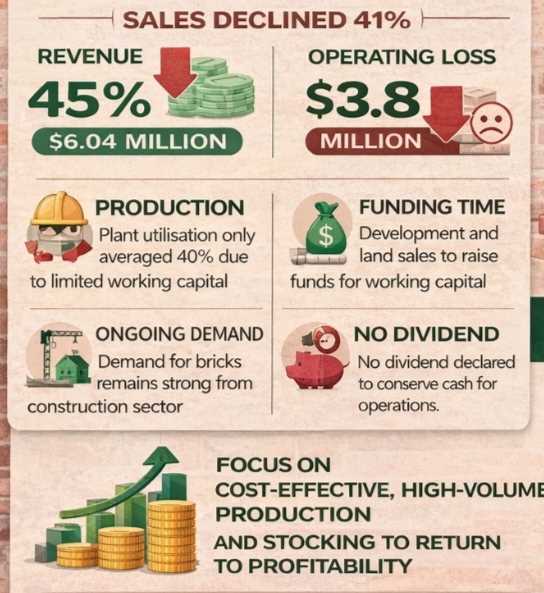

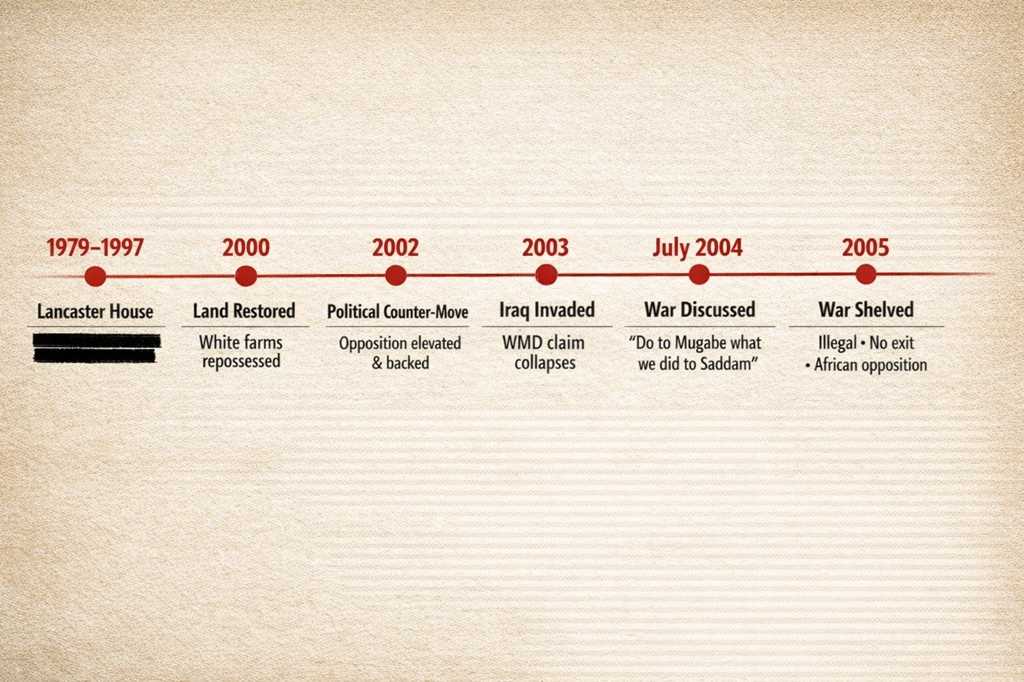





Leave Comments